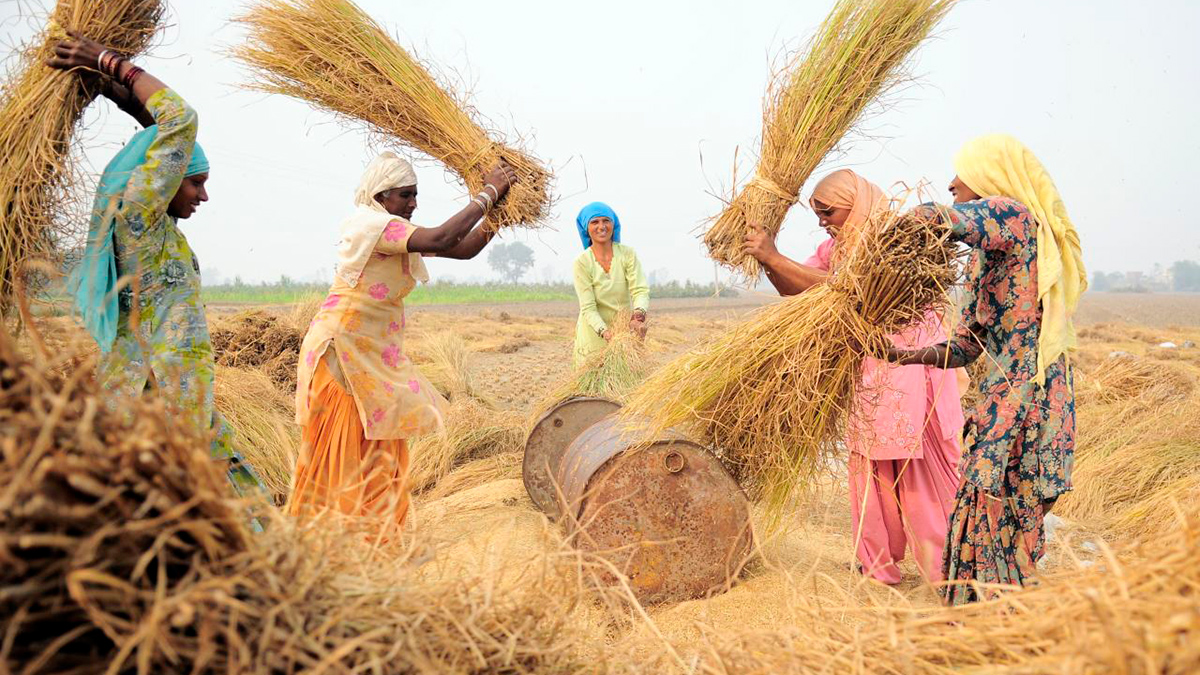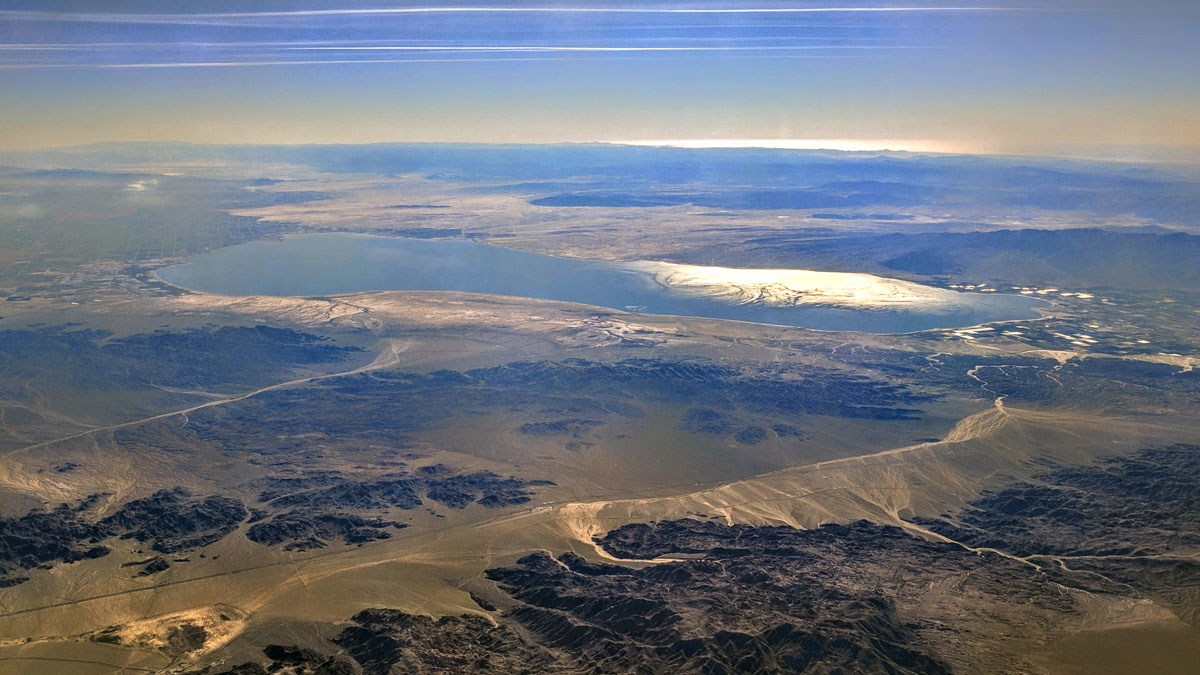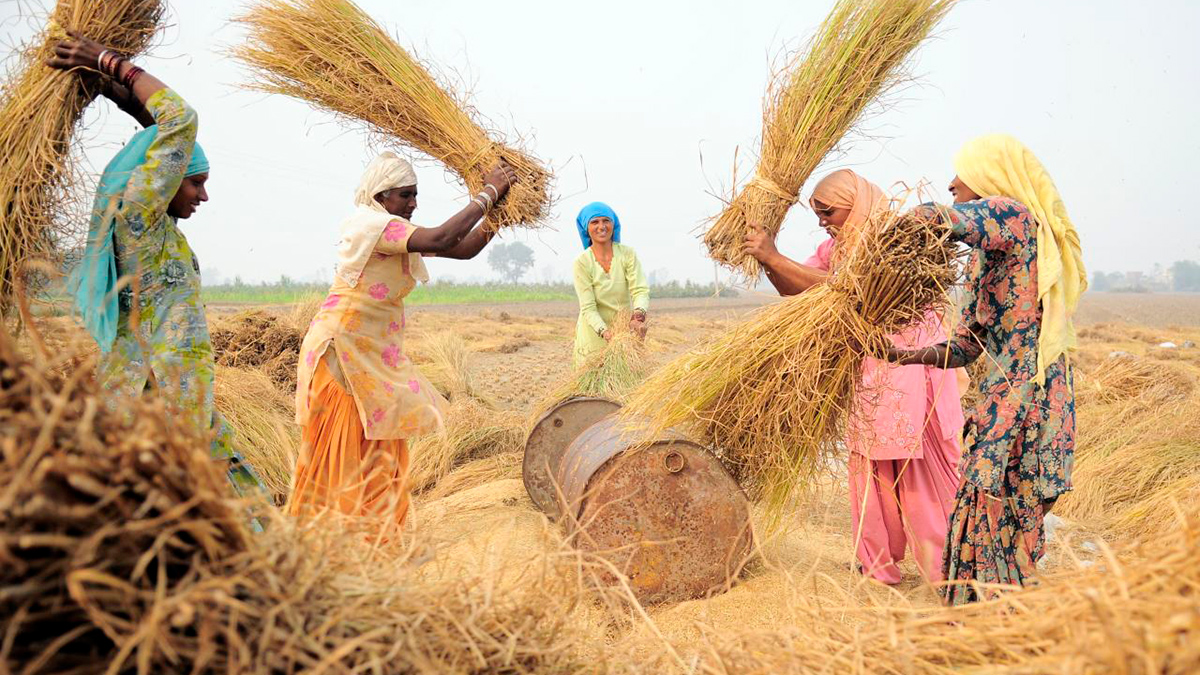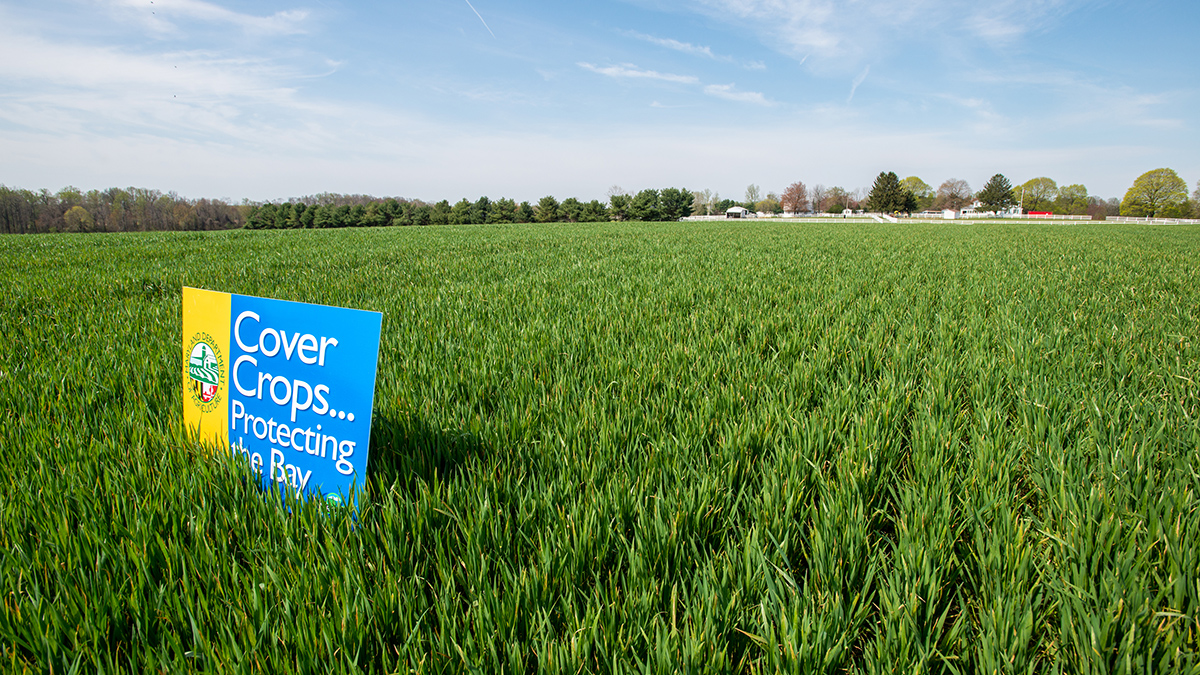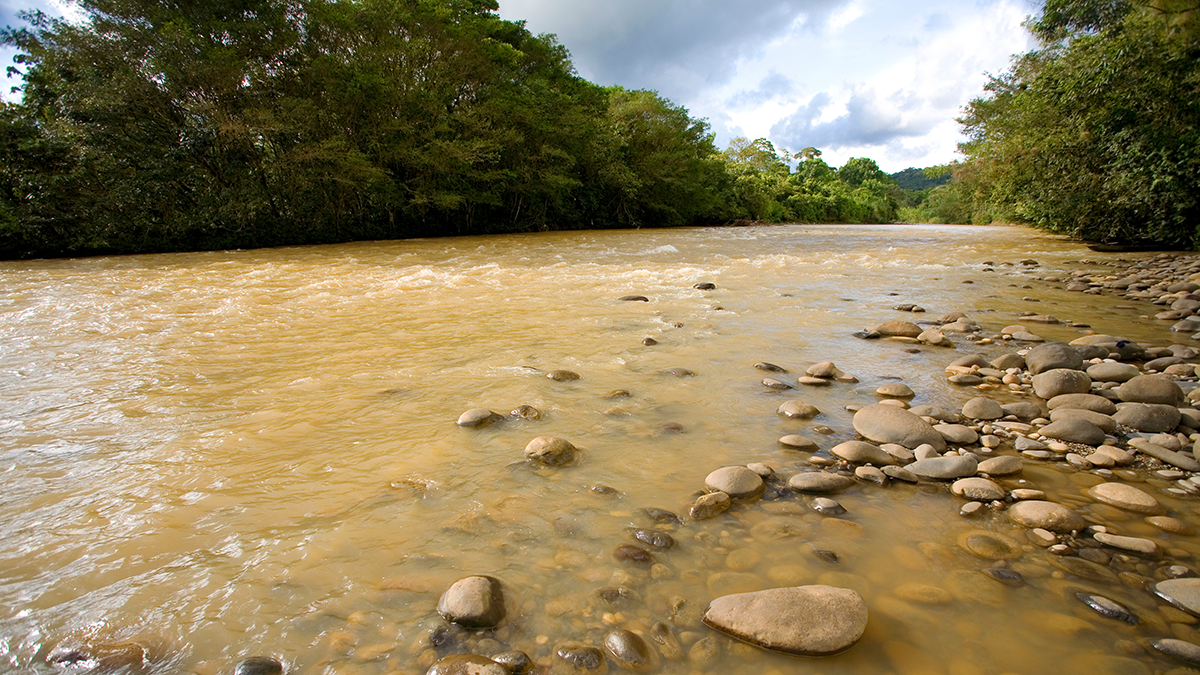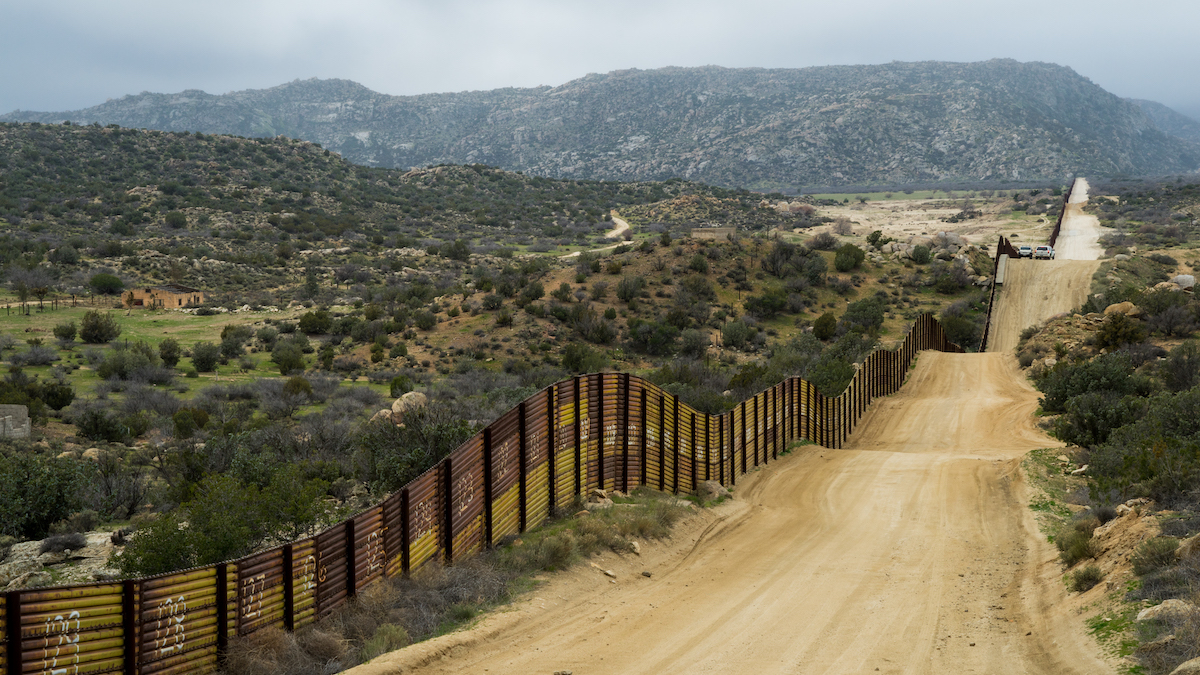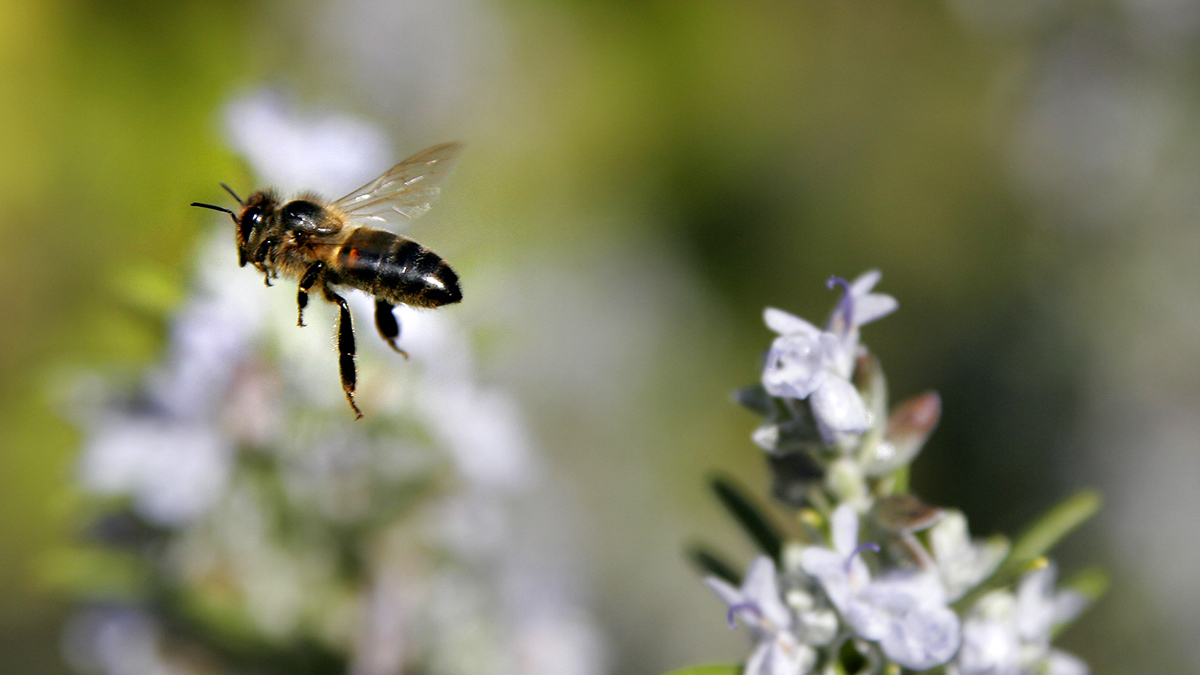Rice plants are a big source of methane, an extremely potent greenhouse gas. Scientists just developed a strain that cuts those emissions by 70 percent.
agriculture
太阳辐射干预策略如何影响农业?
地球工程方法,如平流层气溶胶注入,有望抑制气候变暖,但存在许多潜在风险和担忧,其中它们对农业的影响在很大程度上仍未得到探索。
The Deleterious Dust of the Salton Sea
Coarse particulate matter deriving from California’s largest lake is linked to an increased risk of respiratory-related hospitalizations.
How Could Solar Climate Intervention Strategies Affect Agriculture?
Geoengineering approaches such as stratospheric aerosol injection hold the promise of limiting warming, but among the many potential risks and concerns, their impacts on agriculture remain largely unexplored.
Three-Quarters of the World’s Land Is Drying Out, “Redefining Life on Earth”
Climate change has made great swaths of the planet drier and soils saltier, jeopardizing food production and water access for billions.
Cover Cropping May Not Be Cash Crop Panacea
Intended to improve soil health, these crops are also associated with moisture depletion at shallow depths, which significantly impacts cash crop yields in arid regions.
Physics and Biology as Likely Stream Bedfellows
Streambeds are key sites for removal of nutrients and other contaminants through microbial processes, but are limited by diffusion, which can now be modeled from streambed physical properties.
O Legado Rico em Nutrientes nas Terras Pretas da Amazônia
Os solos férteis de terra preta foram criados através de séculos de uso da terra cuidadosamente administrado. Os cientistas estão colhendo referências desses solos para remover o carbono e melhorar o solo para a agricultura.
Weather Extremes Influence Human Migration Between Mexico and the United States
Undocumented immigrants from agricultural areas in Mexico are most vulnerable to drought and seasonal weather patterns.
Air Pollution Could Make It Harder for Bees to Navigate
Fine particulate matter in the atmosphere reduces the degree of polarization of sunlight, which insects use to guide themselves home.


